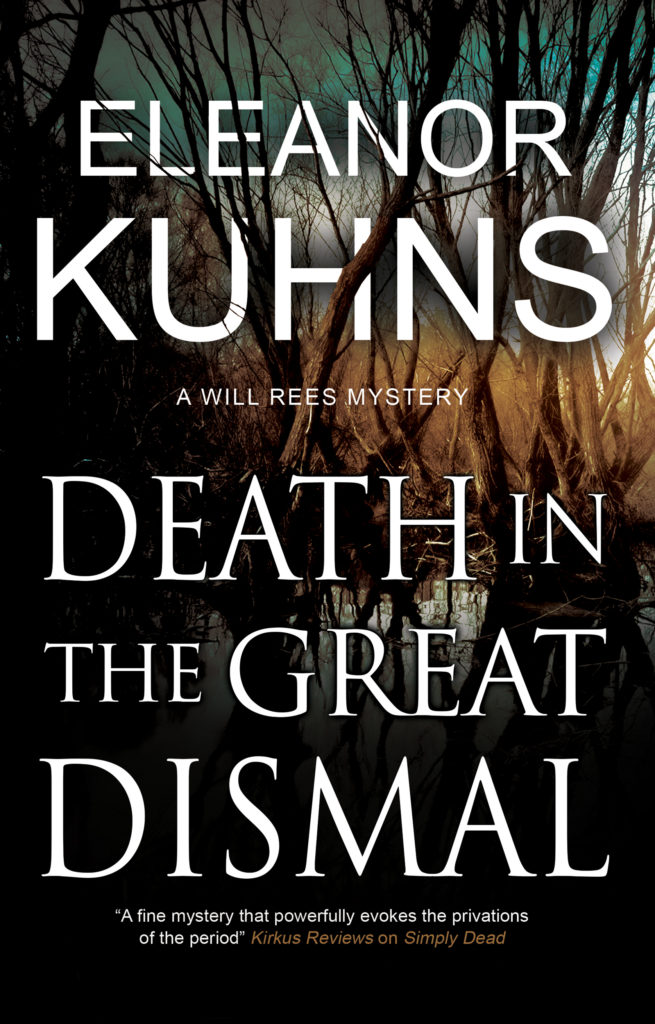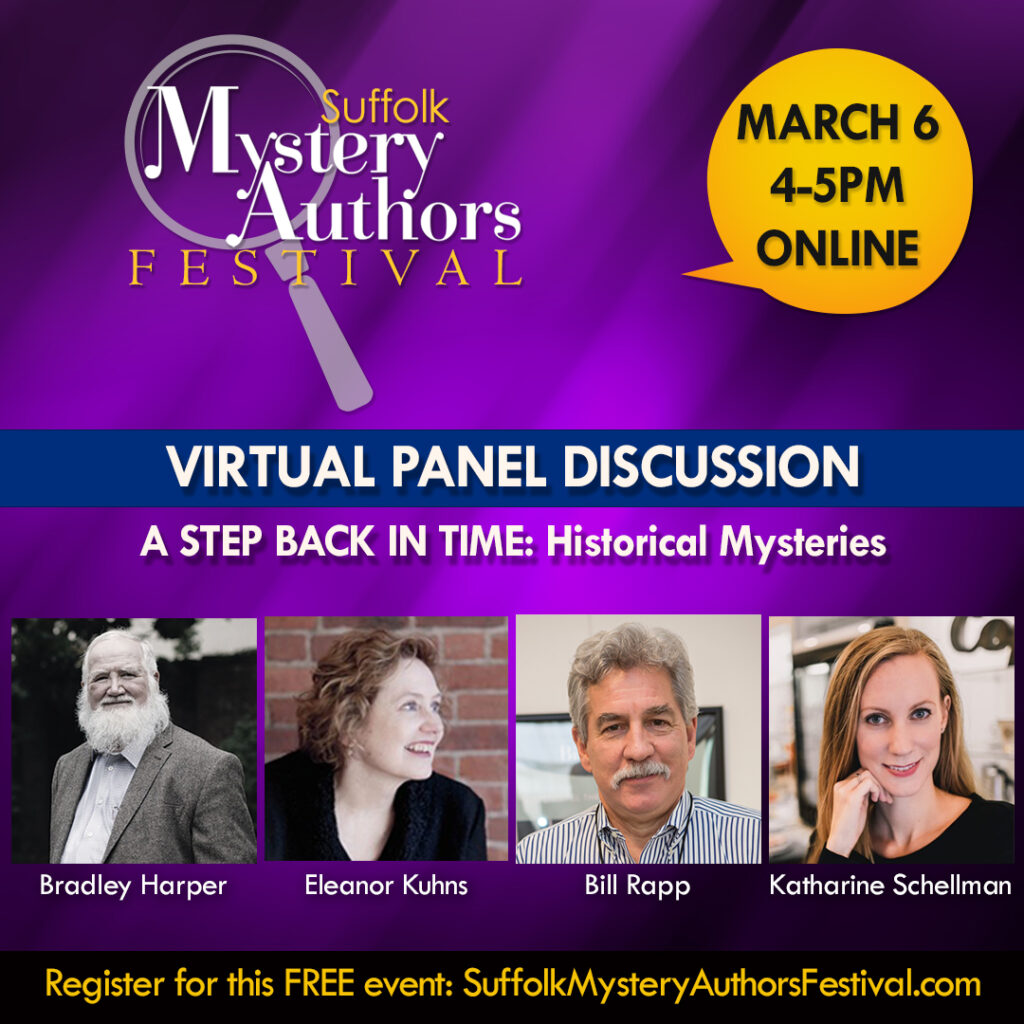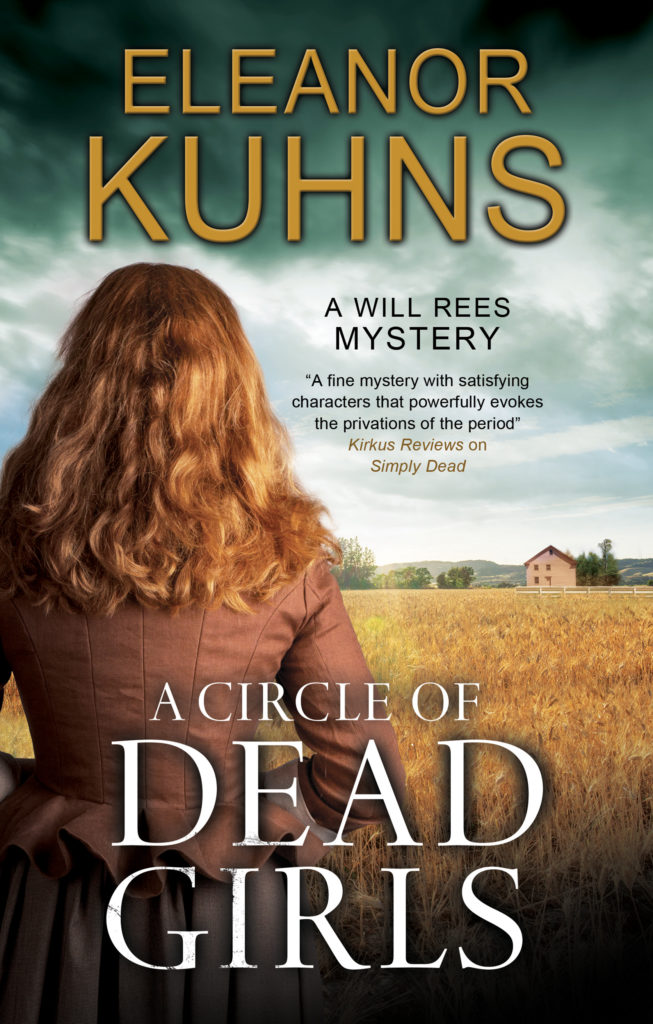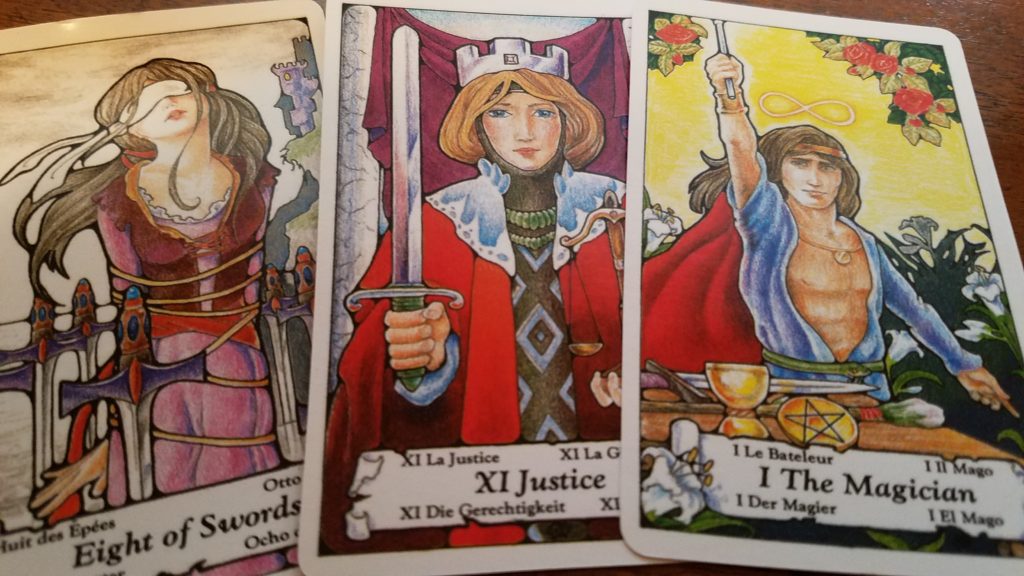In Death in the Great Dismal, one of my primary characters (Cinte) makes and plays and early form of the banjo. (The modern name; it had many others.)

The banjo came to America with the enslaved peoples, some scholars think by way of the Caribbean and the slaves imported by the Portuguese. In any event, there are over 60 similar plucked instruments, including the akonting, the ngoni, and the xalam, played in West Africa that bear some resemblance to the banjo. Early, African- influenced banjos, had a calabash or gourd body covered with hide and a long wooden stick neck, Usually the banjos had three strings with a shorter, drone string.
The earliest mention in the American Colonies occurred in the 17th century. The first known picture of a man playing a banjo-like instrument (The Old Plantation, circa 1785-1795) shows a four stringed instrument as described above. Banjo-playing was perpetuated in the plantations and the slave-labor camps as I describe in my mystery.
The banjo in its modern form is a melding of the old form with European influences, a flat fingerboard and tuning pegs. The pictures show both fretted and unfretted varieties. During the 1830 and 1840s, playing the banjo spread beyond the enslaved to the enslavers, Minstrels shows featuring the banjos became popular. After the Civil War, the banjos spread to drawing rooms and other venues.
The banjo was re-popularized once again during the folk revival by such performers as Pete Seeger.
American Music owes a huge debt to the men and women brought here so unwillingly and would be a lot less rich without these influences.



